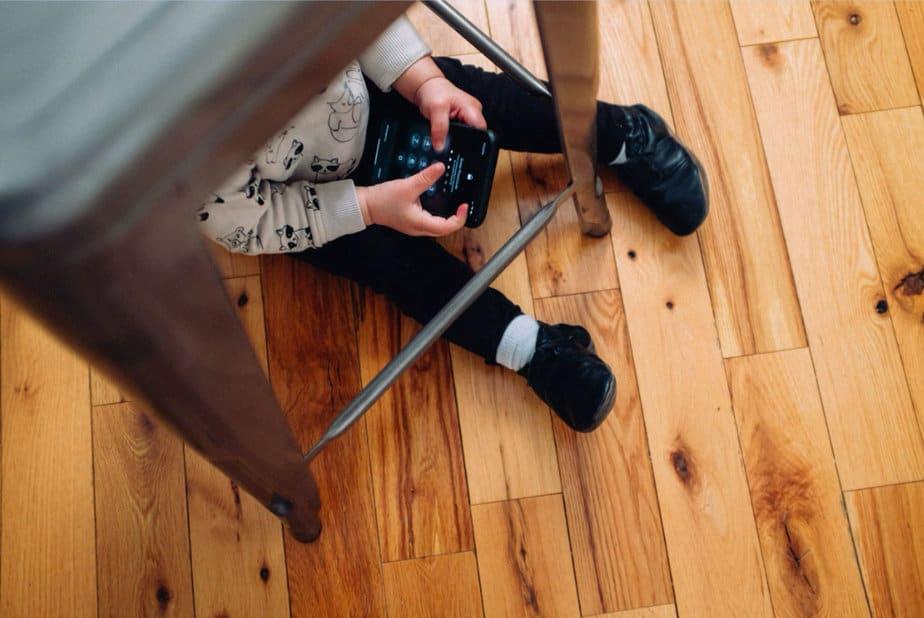Home is where the heart lies, and its inhabitants’ safety should always come first – particularly that of young ones. In this blog post from a contributor we outline key maintenance tasks which will assist in creating a secure haven and child-proofing your home.

Photo by charlesdeluvio on Unsplash
Regular Inspection of Home Equipment
One key step towards childproofing your home is conducting regular inspections of home equipment – this includes everything from heating systems and air conditioners, kitchen appliances and electrical fittings. Make sure all essential home systems are operating at optimal performance to prevent overheating, electric shocks and gas leakage as a risk. Regular maintenance will extend their lifespan while mitigating potential dangers. Furnace maintenance, for instance, can detect carbon monoxide leaks which could endanger children. By hiring a professional to conduct a comprehensive check of your home equipment’s safety and effectiveness, an excellently maintained home will be safer for your kids.
Secure Furniture and Fixtures
Securing furniture and fixtures is another essential step in childproofing your home, since children tend to explore their environments by climbing furniture. Unfortunately, furniture that is left loosely secured may create potentially hazardous situations. Make sure that bookcases, dressers and televisions are securely fastened to the wall to avoid them tipping over. Light fixtures and other hanging ornaments should also be installed high enough that children cannot reach them or fastened securely so they cannot be pulled down. Regular inspection of such fixtures to ensure continued security should always be a top priority when it comes to protecting children’s wellbeing.
Ensure Clean Indoor Air Quality
Clean indoor air quality is another key component in creating a safe home environment for your children. Kids are especially susceptible to pollutants and allergens found in poor quality air environments. Poor indoor air quality can lead to various health concerns like allergies, and asthma in addition to respiratory illnesses like COPD. Start by declaring your home a no-smoking zone. Cigarette smoke contains toxic chemicals that could have adverse effects on both adult and children’s health. Furthermore, make sure that regular cleaning and vacuuming occur to reduce dust mites and pet dander accumulation in your home. Consider investing in a high-quality air purifier, particularly in rooms where your children spend the most time. Maintain proper ventilation in your home and inspect and clean your heating, ventilation and air conditioning (HVAC) system regularly for mold or mildew growth; doing this can greatly enhance indoor air quality! Remember: A healthier home leads to healthier children.
Install Safety Gates
Safety gates are essential in homes with small children, designed to keep them away from potentially hazardous areas like stairs, kitchens, or any room with potential risks. Safety gates should be installed at the top of stairs as soon as possible, though they may also be useful to block off rooms that contain delicate or dangerous items. When purchasing them, make sure they are sturdy yet easy for adults to operate. Assure your gates are tall enough to prevent older children from climbing over them, regularly inspect them for damage, and ensure they remain secure – safety gates can give you peace of mind that your children are playing in an appropriate and controlled environment.
Creating a child-friendly home requires much more than simple decoration and organization; it demands a diligent approach to safety, cleanliness and overall home maintenance. Your home is where your children learn to grow and explore; making it as safe and nurturing an environment as possible is vital in this respect. Regular maintenance and caution will ensure your home provides your kids with a secure place where they can flourish; ultimately making life happier and healthier for you all as a family unit.